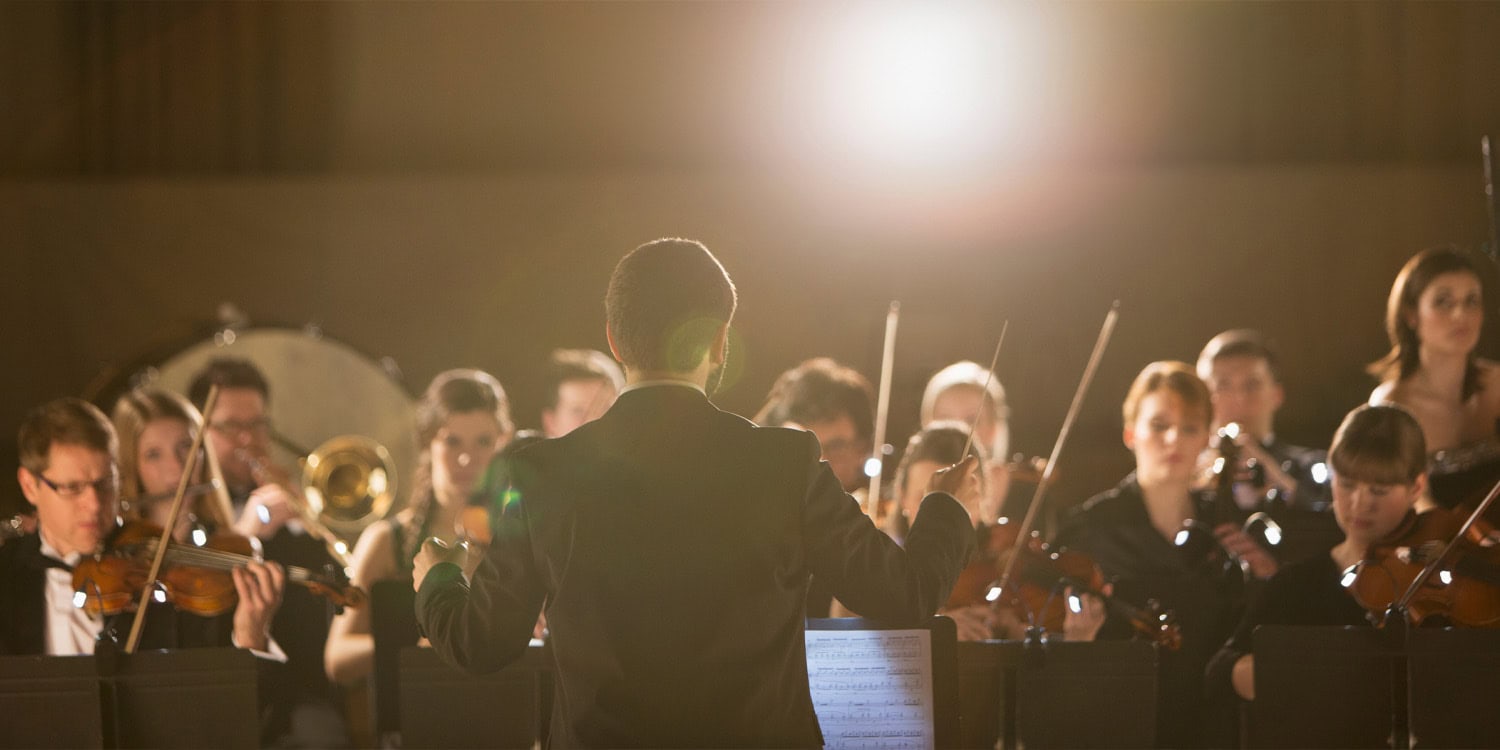Picture yourself at a classical music concert, enveloped by the sweeping melodies of Beethoven or Brahms. As you listen, you may not realize that your heart rate and breathing are subtly syncing with those of the people around you. A new study has shown that the shared experience of live music creates a remarkable physiological bond among audience members, revealing the profound impact of music on the human body. The research has been published in Scientific Reports.
Previous research has shown that when people interact, their movements, speech patterns, and even physiological responses can become aligned. This phenomenon, known as interpersonal synchrony, has been studied in various contexts, from conversations between friends to therapeutic settings.
However, much less is known about how this synchrony might occur in settings where interaction is minimal, such as during a classical music concert. The researchers hypothesized that even in these passive settings, where listeners are not consciously interacting with one another, the shared experience of the music could lead to a kind of physiological entrainment among audience members.
“Synchrony is an important part of social interaction, and psychology has started to measure how much people become synchronized in different settings (psychotherapy sessions, spouses’ discussions, conversations). We have found that the synchrony phenomenon arises generally, in diverse contexts. Here, I have turned to a novel field, the responses to concerts measured in audiences, where we also applied the methods of synchrony research,” said study author Wolfgang Tschacher, professor emeritus at the University of Bern.
To test this hypothesis, the researchers organized a series of eleven public concerts in Berlin, featuring pieces by Ludwig van Beethoven, Johannes Brahms, and contemporary composer Brett Dean. The concerts were part of the “Experimental Concert Research” project, which seeks to understand the concert experience from multiple angles, combining insights from musicology, cultural management, and psychology.
Participants in the study were members of the concert audience who agreed to wear sensors that recorded their heart rate, skin conductance, and breathing throughout the performance. In total, 695 participants, with an average age of 44, took part in the study. Most of the participants had a university degree, and the majority were female. Before and after each concert, the participants completed questionnaires assessing their mood, personality traits, and their experience of the music.
The physiological data collected during the concerts were analyzed to determine the extent to which participants’ bodily responses were synchronized. The researchers used a sophisticated statistical method that measures the degree of correlation between the physiological signals of different individuals in the audience. They found that heart rate, heart rate variability (a measure of the time variation between heartbeats), skin conductance, and breathing rate were all significantly synchronized across the audience.
“Concert music moves audiences bodily,” Tschacher told PsyPost. “Music reaches not just the minds (the cognition and experiences of people), but also their bodies such as heart rate, breathing, body movement. This is called ’embodied cognition.’”
“Thus, synchrony is a natural phenomenon that dominates social life, starting from private interactions between two persons up to group and mass behavior. Synchrony is found in body movement (‘body language’), in physiology and also in brain dynamics: There are different levels of synchronization. Being a concert listener means you become part of a multi-person system. The more you appreciate the music and focus on it, the more you become a part of this system.”
However, the timing of inhalations and exhalations did not show significant synchronization, suggesting that while the music had a powerful effect on the audience’s overall physiological state, it did not induce the kind of precise, rhythmic breathing often seen in activities like singing or chanting. “We found repeatedly that respiration rate becomes synchronized, but not the breathing-in and breathing-out,” Tschacher said.
The researchers also looked at how these physiological synchronies related to changes in mood. They found that increases in heart rate synchrony were associated with a decrease in negative emotions, while increases in skin conductance synchrony were linked to an increase in positive emotions. This suggests that the more synchronized the audience members were with each other, the more their negative feelings diminished and their positive feelings grew during the concert.
In addition to mood, the researchers examined the relationship between physiological synchrony and personality traits. They found that participants who scored high on measures of openness—a trait associated with a love of new experiences and a strong interest in the arts—tended to be more synchronized with the rest of the audience.
In contrast, those who were more extroverted or neurotic—traits associated with a focus on social interaction and a tendency toward anxiety—were less synchronized. This indicates that personality may influence how deeply individuals connect with the music on a physiological level, with those more open to new experiences being more likely to “sync up” with others.
Interestingly, the study also revealed that different types of listening experiences were associated with different levels of synchrony. For example, participants who reported being emotionally moved by the music were less synchronized with the rest of the audience. On the other hand, those who focused on the structure of the music—such as its melodies, rhythm, and harmony—or who paid close attention to the sounds of individual instruments, showed higher levels of synchrony.
The researchers also found that the degree of synchronization varied depending on the piece of music being performed. Brett Dean’s contemporary work, which was generally the least liked by participants, produced the highest levels of synchrony, while Beethoven’s more familiar music, which was better received, produced the lowest levels. This counterintuitive finding suggests that synchronization may not necessarily be tied to how much listeners enjoy the music, but rather to how closely they follow and engage with it.
Future research could explore how these findings might apply to other forms of music or other types of performance. For instance, would a rock concert produce similar levels of physiological synchrony, or is this phenomenon unique to the more contemplative environment of a classical music performance? Additionally, researchers could investigate whether similar effects occur in other settings where people share a common experience but do not interact directly, such as watching a movie in a theater or attending a religious service.
“I am about to analyze the synchrony in specific short moments of the music,” Tschacher said. “I will study which aspect of music (frequency, loudness, tempo?) specifically entails people’s synchrony.”
“I would like to invite researchers to do their own synchrony research with our published methods, instructions and links to R packages are given on my website,” he added.
The study, “Physiological audience synchrony in classical concerts linked with listeners’ experiences and attitudes,” was authored by Wolfgang Tschacher, Steven Greenwood, Christian Weining, Melanie Wald-Fuhrmann, Chandrasekhar Ramakrishnan, Christoph Seibert, and Martin Tröndle.




